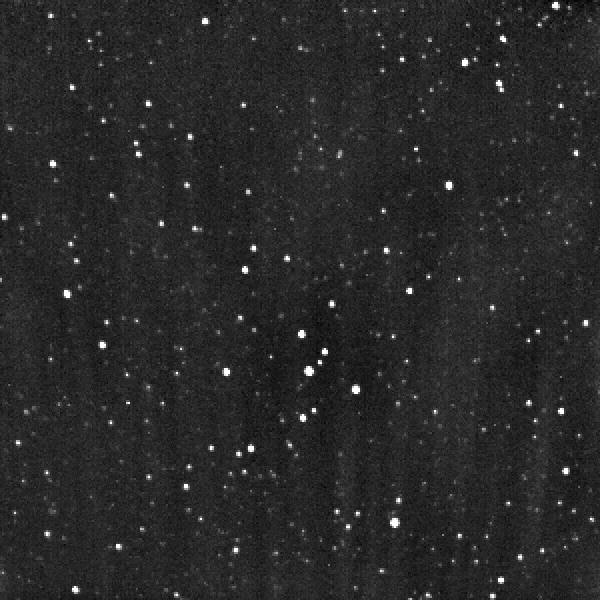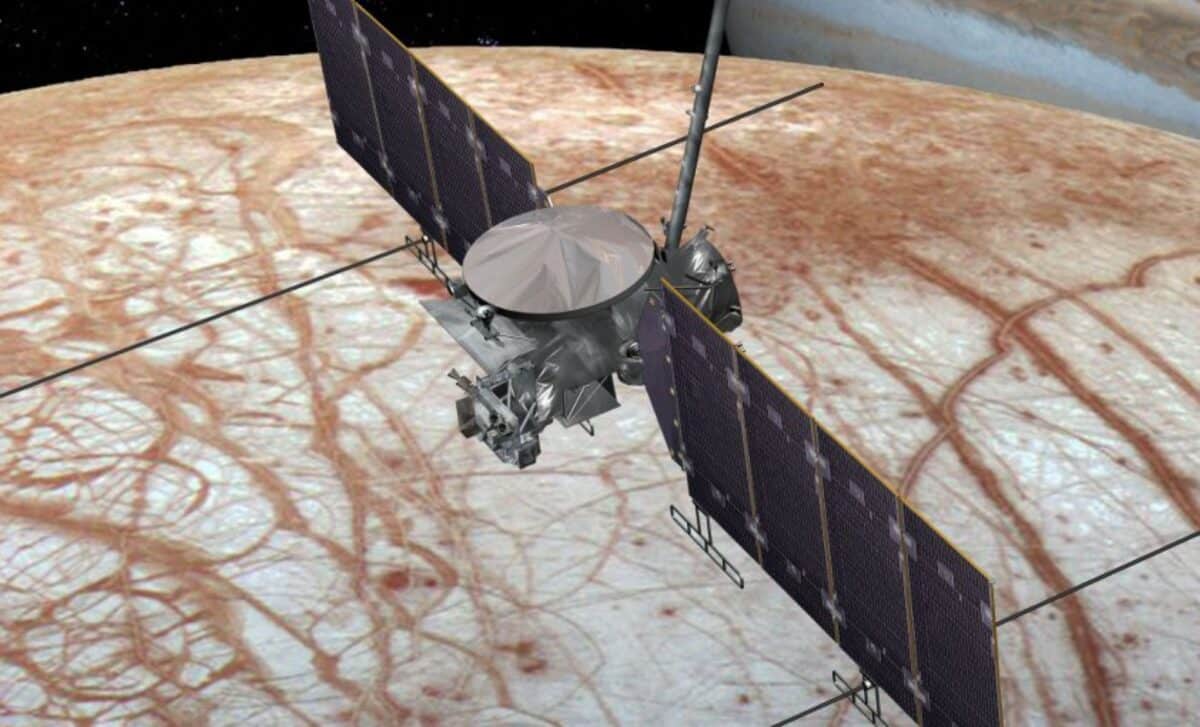On November 5, 2025, NASA’s Europa Clipper spacecraft captured a remarkable image of the planet Uranus, marking an important milestone as the spacecraft continues its journey through the solar system. The image, which was taken as part of a test of the spacecraft’s star-tracking cameras, shows Uranus as a small dot against a backdrop of distant stars.
This image represents a key moment in the spacecraft’s preparation for its main mission, exploring Jupiter’s icy moon Europa. The successful use of the star-tracking cameras demonstrates the spacecraft’s navigation capabilities as it heads toward its primary destination.
The Europa Clipper Mission: A Bold Step in Space Exploration
Europa Clipper, launched in October 2024, is on a long-term mission to study Europa, one of Jupiter’s most intriguing moons. The spacecraft is scheduled to arrive in the Jupiter system in 2030, where it will perform detailed flybys of Europa, conducting about 50 passes over the moon’s surface. The primary goal of the mission is to determine whether Europa’s subsurface ocean, hidden beneath a thick icy shell, could support life.
The spacecraft will focus on three scientific objectives: measuring the thickness of Europa’s icy shell, analyzing its surface interactions with the ocean beneath, and investigating its geological composition.
 An annotated version of the image, with labels identifying Uranus and several background stars. Credit: NASA/JPL-Caltech
An annotated version of the image, with labels identifying Uranus and several background stars. Credit: NASA/JPL-Caltech
Testing Star-Tracking Technology for Precision Navigation
One of the key technologies being tested aboard Europa Clipper is its star-tracking cameras, which help the spacecraft maintain its orientation in deep space. These cameras, which are part of the spacecraft’s stellar reference units, are essential for ensuring the spacecraft stays on course during its journey across the vast distances of space. According to NASA, the field of view of the star-tracking cameras is extremely narrow, capturing only 0.1% of the full sky, yet they are able to pinpoint stars and planets with high accuracy.
The recent image of Uranus is part of an ongoing series of tests to ensure these cameras are working properly. The spacecraft’s ability to capture such a precise image at such a vast distance is a testament to the advanced technology on board. The cameras will be crucial as Europa Clipper heads toward its destination, helping it to stay oriented for its upcoming mission.
 This animated GIF is created from two images taken 10 hours apart, showing Uranus moving ever so slightly in relation to the background stars. Credit: NASA/JPL-Caltech
This animated GIF is created from two images taken 10 hours apart, showing Uranus moving ever so slightly in relation to the background stars. Credit: NASA/JPL-Caltech
Guiding Through the Void
Navigating in deep space is a complex and challenging task, especially when the spacecraft is millions or even billions of miles away from Earth. As Europa Clipper makes its way toward the Jupiter system, precise navigation is essential. The spacecraft’s star-tracking cameras are designed to help maintain its orientation as it travels through space, a vital task for the success of the mission.
At the time of the Uranus image capture, Europa Clipper was about 2 billion miles from the planet, highlighting the vast scale of its journey. As the spacecraft moves closer to its destination, it will rely on this advanced navigation technology to ensure it reaches Jupiter’s moon Europa safely and on schedule.
As can be read in the report from the U.S. space agency, “The mission’s detailed exploration of Europa will help scientists better understand the astrobiological potential of habitable worlds beyond our planet.”

